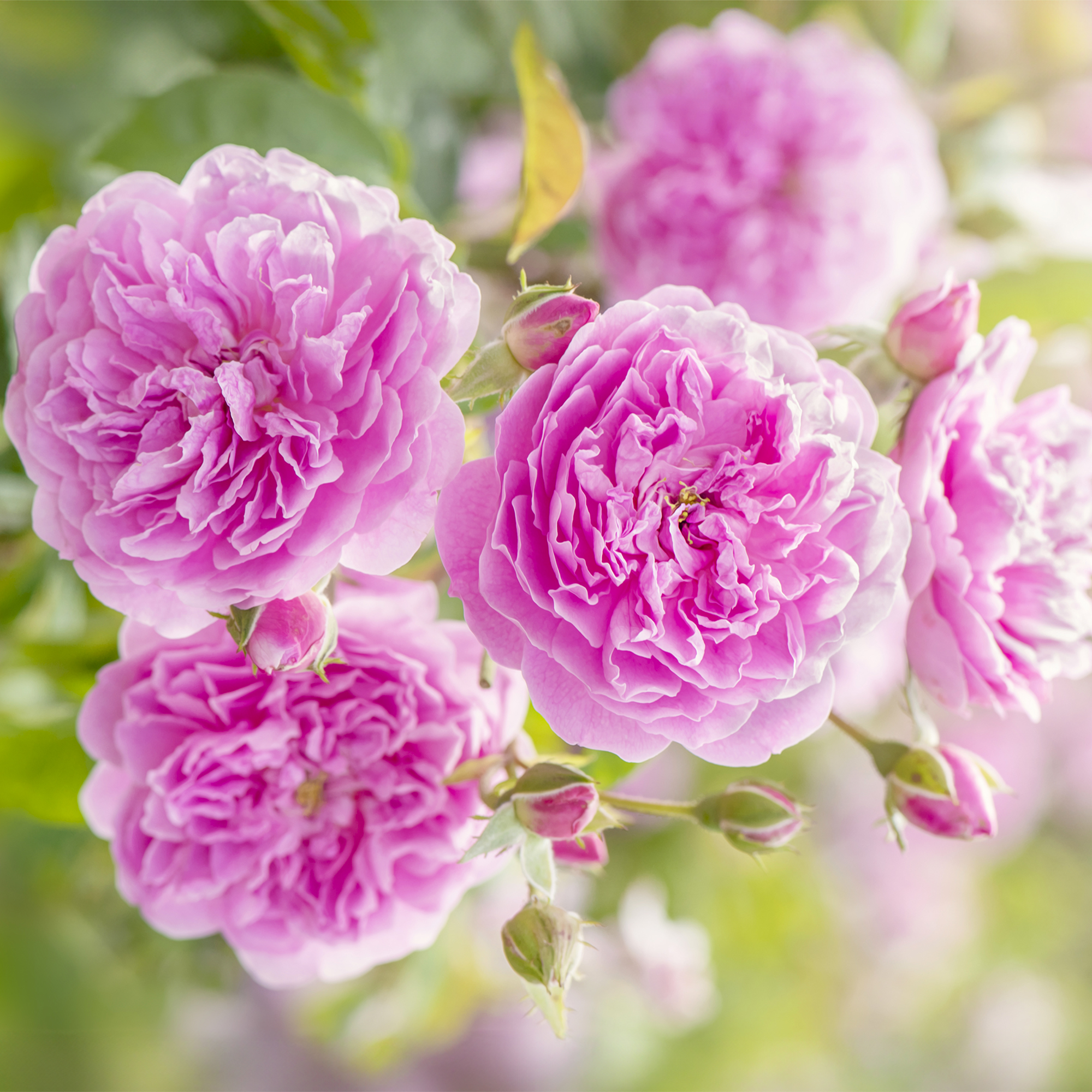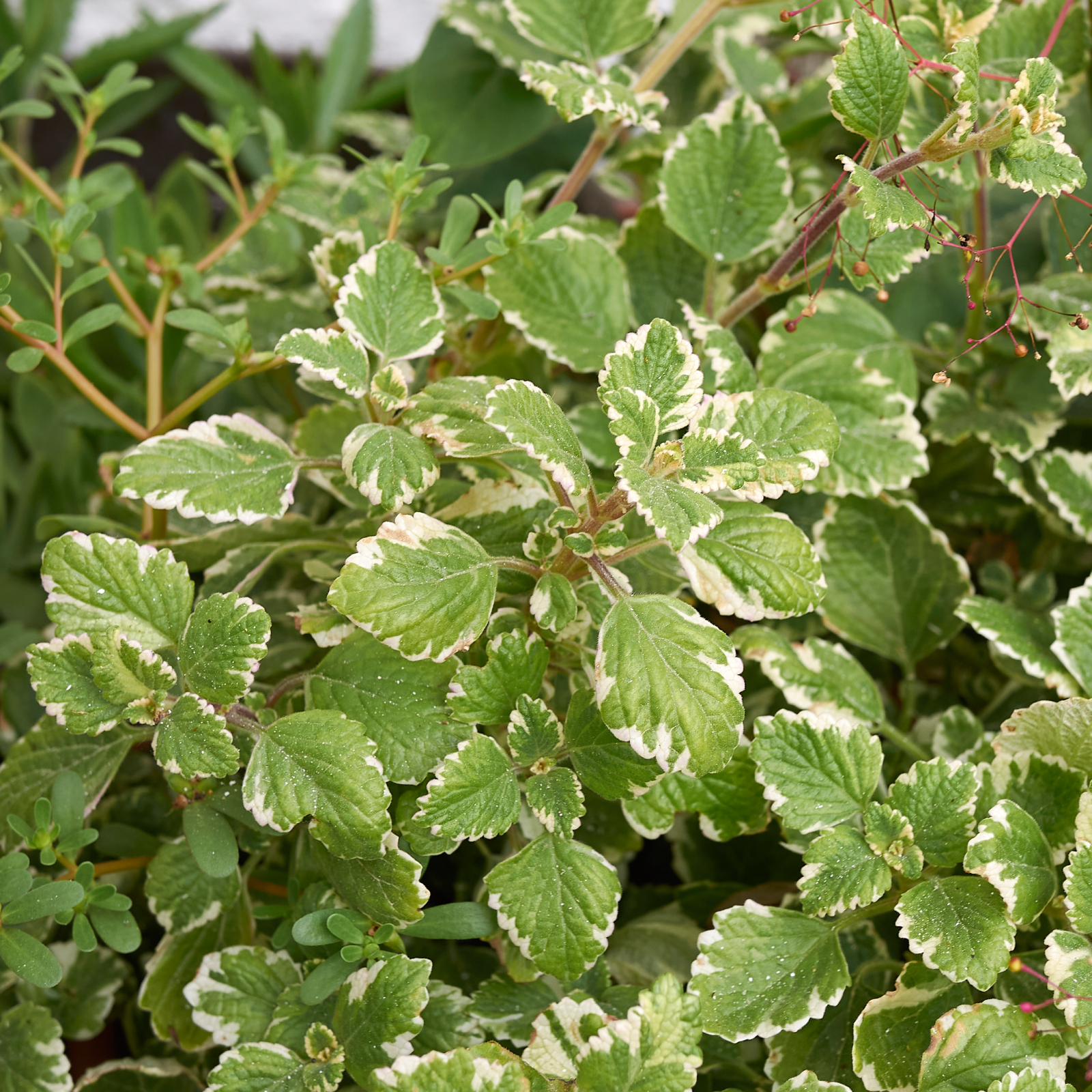Propagating Aloe Vera - Rooting Aloe Vera Cuttings Or Separating Aloe Pups


Bonnie L. Grant
A popular houseplant with medicinal properties, aloe vera is a member of the succulent family. Sap from the aloe’s leaves has soothing topical benefits, especially when applied to burns and scrapes on the skin. In addition to its healing properties, aloe’s foliage is smooth, glossy and plump and stands in an upright rosette making this attractive and easy-care houseplant an ideal addition in the home.
As a succulent, the aloe is related to the cactus. There are over 500 species of aloe, varying from trees, to shrubs, and even stemless varieties. Most are sub-tropical plants that grow in the wild where temperatures do not get cold. They may be found in arid to semi-arid regions, and in sandy sites to riparian areas.
About Aloe Vera Propagation
It’s fun and easy to share aloe plants with friends, and it’s so simple to start a new plant. Some methods take a little more attention and care, but there’s an easy way to do it that makes sharing aloe a great pastime. We’ll start with two of the more complex ways to propagate aloe, then we’ll move on to the easiest imaginable propagation method.
Propagating From Aloe Vera Seed
While it is possible to grow a new aloe vera plant from seed, it requires the right soil and combination of temperature and light. Growing aloe from seed works best in a controlled greenhouse situation, something not every gardener possesses. If you wish to plant aloe vera seeds, carefully follow all instructions on the seed package.
How to Root Aloe Vera Cuttings
Another method of propagating aloe vera is with leaf cuttings or stem cuttings. The plant’s leaves are thick and fleshy and contain aloe gel. Cut a healthy leaf from near the base of the plant. Make a straight cut so the leaf will have a firm base. Cut the leaf into 3-4 pieces, making sure each section has a growth node, which are the bumps along the side. Let the cuttings callus for a few days to prevent rotting in the soil.
Make holes in the planting medium and insert each piece. Water after a few days and let the soil dry out between each watering. The cuttings will not produce recognizable rosettes, but in time, the plants will root and can be potted up individually.
Best Methods to Propagate Aloe
Easier than starting it from seed or rooting a leaf cutting, the healthy aloe plant gifts us with identical plantlets that are connected to the parent plant’s root system and can be potted up as brand new plants.
Gardening tips, videos, info and more delivered right to your inbox!
Sign up for the Gardening Know How newsletter today and receive a free copy of our e-book "How to Grow Delicious Tomatoes".
The most foolproof and quickest way to propagate aloe vera is by harvesting the aloe plant’s offshoots, or “pups.” These look like baby plants that grow up next to the parent plant and are actually suckers. Pups can be safely removed when they have their own root system and when removing them does no harm to the parent or pup’s root systems. As a general rule, wait until the offset is at least one-fifth the size of the parent plant or has several sets of true leaves.
Propagating Aloe Vera Pups
Using a very sharp knife or other clean instrument, carefully lift the baby aloe offsets from the soil, avoiding damage to the fledgling roots. When the little pup comes away from the mother plant, it should have a complete root system attached.
Remove the aloe pups from the parent plant and let them callus for a few days before potting them up. Fill a pot with well-draining succulent potting mix, or make your own by adding perlite and gritty material, such as a bit of sand, to a good quality potting soil. Make sure the pot has adequate drainage holes. Moisten the soil before inserting the baby plants, then refrain from watering them for a few days. During the growing season, water the planted offsets every 5-10 days, depending upon the heat and humidity.
Aloe vera may be fertilized after it comes out of dormancy in late winter to early spring. Use succulent food for the best results.

Heather Rhoades founded Gardening Know How in 2007. She holds degrees from Cleveland State University and Northern Kentucky University. She is an avid gardener with a passion for community, and is a recipient of the Master Gardeners of Ohio Lifetime Achievement Award.
- Bonnie L. GrantWriter
-
 How Much Sun Do Roses Need To Grow? Understanding Rose Light Requirements
How Much Sun Do Roses Need To Grow? Understanding Rose Light RequirementsDiscover how much sunlight your roses really need to grow strong, bloom beautifully, and stay healthy all season long.
-
 Which Ivy Is Best For A Garden? 7 Varieties Of Ivy To Grow (And 2 To Avoid)
Which Ivy Is Best For A Garden? 7 Varieties Of Ivy To Grow (And 2 To Avoid)Lots of varieties of ivy can complement your garden, provide groundcover, or create a private oasis, but which is best? Explore our top picks for beautiful ivy.